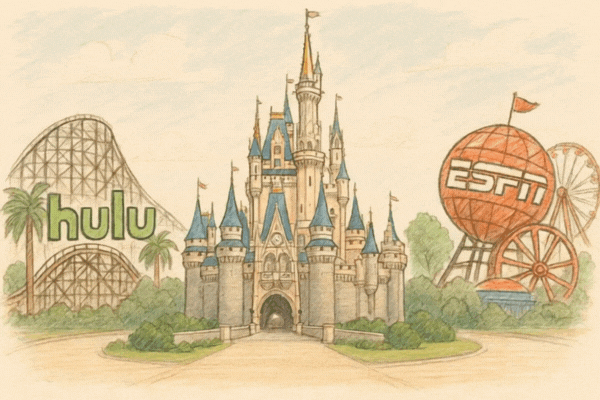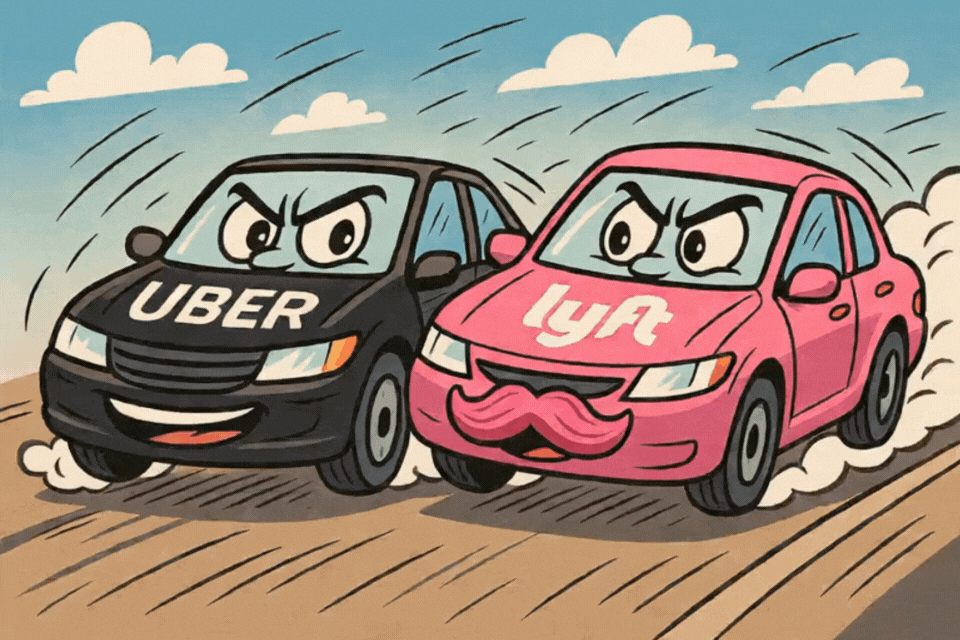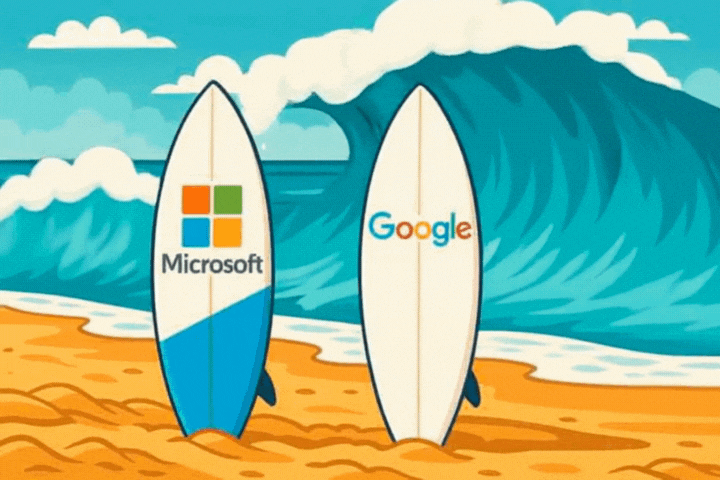The Walt Disney Company (NYSE: DIS) delivered a strong fiscal 2025, with adjusted EPS up 19 % year‑over‑year and a three‑year compounded annual growth rate of roughly the same magnitude. The company announced a doubling of its share‑repurchase program to $7 billion for 2026, alongside a 50 % increase in its dividend, signaling robust free‑cash‑flow generation and confidence in future earnings.
On the streaming front, its direct‑to‑consumer (DTC) business delivered $1.3 billion in operating income for the year, up from a $4 billion loss three years ago, a dramatic improvement across content delivery, cost structure, and monetization.
Beyond the financial headline, Disney emphasized its long-term commitment to digital platform development, advanced analytics, and ecosystem integration.
The company is consolidating its core consumer offerings into a seamless app experience that supports personalization and AI-driven discovery, including commerce and gaming. CEO Bob Iger and CFO Hugh Johnston repeatedly outlined the role of technology in creating new user value and driving operating leverage.
Why It Matters: Disney’s platform advancements are especially relevant for tech-focused business leaders aiming to modernize legacy systems or orchestrate digital ecosystems. The company’s direct-to-consumer turnaround and AI ambitions are a sophisticated approach to tech-enabled growth well beyond traditional media. Disney offers a blueprint for enterprises looking to unify technology with consumers and revenue.
- Unified, AI-Enhanced App Ecosystem: The company is in the process of consolidating Disney+, Hulu, and ESPN into a single application experience. This consolidation is designed to reduce friction for users to encourage engagement and optimize marketing reach. On the international front, Hulu is now Disney’s global general entertainment brand, aligning more closely with the U.S. experience.
- AI Central to Disney’s Consumer Strategy: CEO Bob Iger noted that artificial intelligence will enable Disney+ to become “a portal to all things Disney,” with potential extensions across a wide range of their content and experience offerings. Features being explored include personalized recommendations, vertical video “highlights” similar to social media feeds, and even community-generated experiences. Disney also plans to incorporate generative AI to give consumers “the opportunity to create on our platforms” and hinted at long-term integration with external partners such as Epic Games. This shifts Disney’s static streaming to interactive, data-enriched digital platforms.
- Reducing Churn and Boosting Customer Lifetime with Bundles: Approximately 80% of new ESPN app subscribers opted for the “Trio Bundle” that includes Disney+ and Hulu, demonstrating the pull of integrated offerings. The company is also actively pursuing cross-company bundling, as seen in its partnership with Warner Bros. Discovery’s Max. For CIOs focused on customer retention, the power of bundling is supported by tight back-end integration and coordinated billing infrastructure.
- Direct-to-Consumer (DTC) Growth Prioritizing Tech, Product, and Global Content: CFO Hugh Johnston noted that margin gains in the streaming business are being driven by revenue growth and operating leverage, not further content or SG&A reductions. This includes targeted investment in technology teams and global engineering, as well as in localized international content and originals. Disney emphasized that product development in AI and app unification will remain a necessary expense area as it builds a competitive moat. Executives also noted continued effort to “grow the top line double digits,” making DTC one of the company’s long-term growth engines. For IT strategists, the idea is that investing in scalable architecture and customer-facing innovation can unlock sustained profit rather than just user acquisition.
- Addressing Platform Risk Through Diversified Distribution and Infrastructure Control: During a carriage dispute with YouTube TV, Disney confirmed that its guidance accounts for a potential blackout, supporting the financial importance of owning distribution pathways. Bob Iger stated that the new ESPN app serves both linear subscribers and new direct audiences, noting that its expanded features, such as multiview or personalized SportsCenter, “are working for advertisers” and attracting new spending. The system lets current users stay connected while attracting new ones, showing how flexible apps can reduce reliance on traditional channels.
Go Deeper -> Walt Disney Earnings Report – MarketBeat
Our Latest CIO Field Notes

Amazon and Meta Build Toward an Intelligent Edge
Architecting AI.
Trusted insights for technology leaders
Our readers are CIOs, CTOs, and senior IT executives who rely on The National CIO Review for smart, curated takes on the trends shaping the enterprise, from GenAI to cybersecurity and beyond.
Subscribe to our 4x a week newsletter to keep up with the insights that matter.









